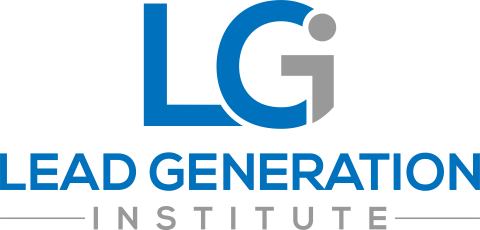Pay-per-click (PPC) advertising, or sometimes known as paid search or search engine marketing, is an excellent way for companies to quickly and effectively increase their website traffic, leads, and sales. Most commonly, you’ll find PPC advertising on search engines such as Google Ads or Microsoft Advertising (Bing Ads). That said, PPC options can also be found on social media like Facebook, LinkedIn, as well as many other websites on the internet.
Pay Per Click ads are the sponsored links that appear at the top of search engine pages or on people’s social media walls. The companies listed among these sponsored links appear under particular search phrases (keywords) and only pay whenever someone clicks on their advert – thus the term pay-per-click. The more the ad is relevant to its audience, or the more a company pays (bids) for a position, the higher the advert will appear in search results.
The Benefits of PPC Advertising
There are plenty of benefits when it comes to PPC advertising. One of the most obvious and immediate is the fact your ads only appear when your predefined target audience is actively searching for topics related to your products and services. There is a high level of intent behind anyone searching for a term on a search engine. That intent can be immediate i.e. I have a problem and I need a solution or I think I have a problem so I need to do some research.
Several things to keep in mind is that search ads can increase brand awareness by 80%, while 41% of clicks go to the top 3 paid ads in every search results page. For someone looking to buy a product, however, paid ads get 65% of all clicks. Likewise, PPC visitors are 50% more likely to purchase something than organic visitors, while 65% of B2B companies have acquired a customer through LinkedIn paid ads.
In addition, you can get your ads in front of your target audience whenever you use PPCs. You only pay when someone is actually interested enough to click on your ad. Also, you can control your costs by “bidding” the dollar amount you allot to pay per click, as well as set limits for your total advertising expenditure. This allows you to better analyze, experiment, and try out different approaches to optimize your PPC strategy.
Setting up a Pay-Per-Click Campaign
- Set Your SMART PPC Goals – SMART stands for Specific, Measurable, Achievable, Realistic, and Timely, and your goals should reflect all of these points. Before you start your PPC campaign, think what you want to achieve, whether it’s to sell a product, drive more traffic, get more subscriptions, increase brand awareness, etc.
Regardless, your goals need to be SMART. If, for instance, you’re looking to boost sales, set a goal like “increase order volume by 10-20% YOY” or if branding is the aim, try something like “increase ad impressions by 30% this quarter.” - Set Your Budget – The average cost-per-click (CPC) across all industries is around $2. That said, the median CPC varies significantly depending on the industry and business type and the more competitive the market and the more expensive the product, the more you will have to pay to feature prominently. The goals you set and the online conversion rates you experience should determine your budget. Conversion tracker and bid simulation are tools offered by Google that will help you work out your PPC budget.
Now, even though PPC offers you the benefit of controlling your costs better than other marketing initiatives, if you don’t plan on spending enough, you won’t be able to optimize your PPC campaigns for maximum effectiveness. It takes time, traffic, and clicks to optimize such a program, so, if you’re only spending $500 per month, it will take you a year or more in some cases to determine whether the channel you’re using is effective. But if you spend $5,000 up front, you’ll generate more traffic to better optimize your campaign and stand a better chance of making PPC work for you. - Select Your Keywords – To have a successful PPC campaign, you need to know what your customers are looking for. To start on your keywords, you should draw on whatever information you have about them, including detailed buyer personas, analytics information, etc. With various tools such as Google AdWords Keyword Planner, you can validate those keywords as well as other useful information. On average, it’s best to stick to around 15 keywords per AdGroup; this was shown to provide the best results.
- Write Your Ad – For the ad itself, you need to create a headline, description, and a display URL. Make sure that it’s engaging and grammatically correct, and that it has an action-based tone. You should also focus on the value proposition, presenting how your product benefits customers.
You can also include ad extensions. These allow you to promote additional links to your website within the same PPC ad. On average, ad extensions were shown to raise the click-through rate by 10 to 20%.
If you want to learn more about PPC ad campaigns and implementation, please feel free to contact us directly or subscribe to our newsletter.




